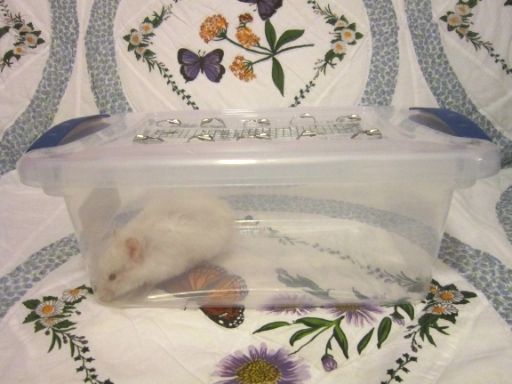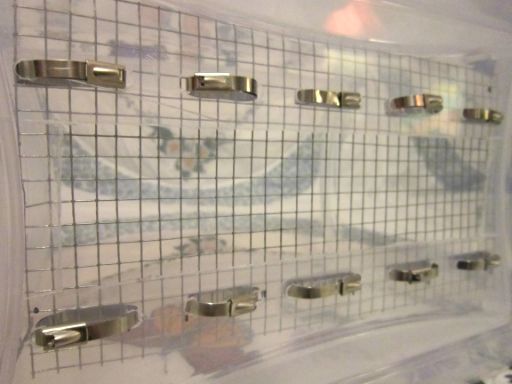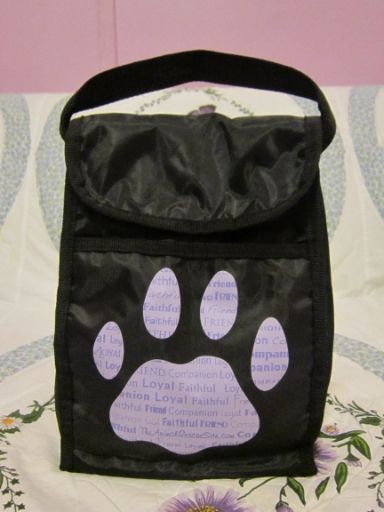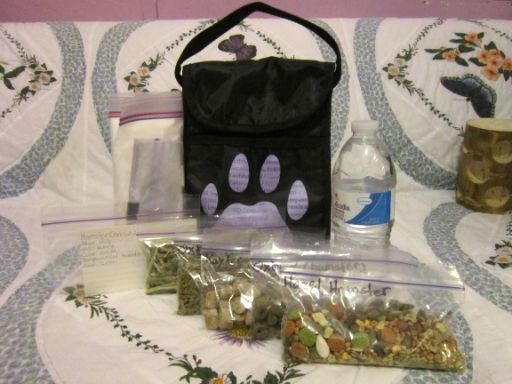In cases of an emergency evacuation, hamsters (along with other caged small animals) are completely dependent on us humans to get them out of danger. If we do not get them out, they have no means of escape. Below are some tips on how to evacuate your hamsters safely and securely (tested during a recent apartment fire).
Those of you who already have an emergency plan in place, please feel free to add your ideas. And if any of you had to evacuate your small pets, please share your experiences, and what did and didn’t work for you.
REMEMBER, YOUR SAFETY COMES FIRST! If you are unable to get your hamsters out in time, please do not put yourself in danger! Alert emergency personnel that you have pets trapped inside, and they will do what they can.
Prepping for an emergency evacuation:
Speed is critical during an evacuation, especially in cases of fire. You do not want to waste time searching for or gathering up necessary supplies. I highly recommend keeping the following right next to your hamster's habitat. If you are able to reach your hamster, you will then have everything you need nearby.
1) An easy-to-carry travel carrier. Something lightweight but sturdy, and not too big. Ideally you should be able to carry it in one hand. I use this for my dwarf and the medium-sized this for my syrian.
2) A "Bug Out Bag" - Biscotti's explanation below:
I also highly recommend preparing a BOB (Bug Out Bag) to put next to the cage. Some ideas to put in there:
A bottle of drinking water (or more)
Small ziplock bag of dried food
Small ziplock bag of clean bedding
Emergency contact information (regular and emergency vet info in your area)
Medication (if your pet is taking any)
Keep it lightweight and easy to grab in a hurry.
If you have multiple hamsters living in separate cages, EACH habitat should have its own travel carrier. I wouldn’t recommend tossing all the hamsters into one carrier, especially if you have a mix of genders and species. If you end up with more carriers you can carry in one go, find a sturdy box or bin you can fit them all into, and keep that near the habitats as well. However, after you have evacuated to a safe location, remember to take the carriers out from the box/bin! There may not be enough air ventilation if you keep them in there too long.
For those of you who have a single easy-to-carry hamster habitat, you might not need a carrier and can just evacuate with his/her entire setup. Make sure you can easily go through doorways and up/down stairs with it though.
During an evacuation:
When evacuating your hamsters, the most important thing is to get them out safely and securely! Their food, water, and supplies are all secondary. If you have time or a free hand to grab the container of food and bottle of water, definitely bring them. BUT if there is imminent danger (especially during a fire), leave them! Just get your hamster and go. You can always buy supplies later - your hamster will survive just fine without them in the short term.
You do want to try to evacuate your hamster in the previously mentioned carrier. The last thing you want is to lose your pet in the chaotic aftermath of an evacuation. If possible, use the “scoop method” to remove your hamster from his/her cage. Hamsters may bite if they sense you are scared, or if you abruptly wake them up.
If you have time though, a couple other things you can do in addition to grabbing the emergency supply of food and water are:
- Dump the food dish in the carrier. In addition to having food, you can later use the bowl for water
.
- Pop a couple handfuls of bedding from the habitat into the carrier. The familiar smells from the bedding should help keep the stress levels down and provide a bit of comfort.
- Include a hidey if the carrier is large enough to accommodate it.
Edited by rhapsody, 25 October 2013 - 10:32 AM.










































